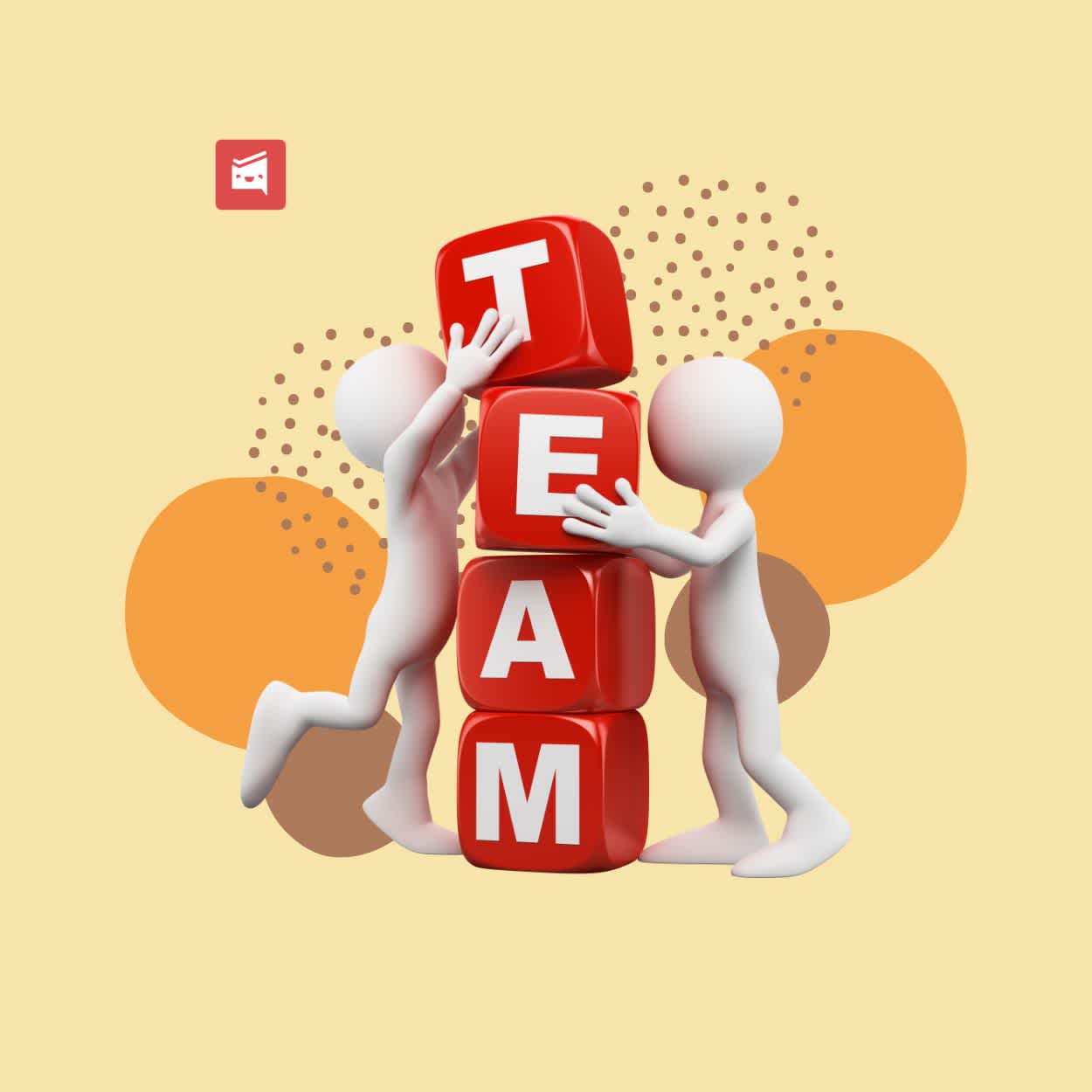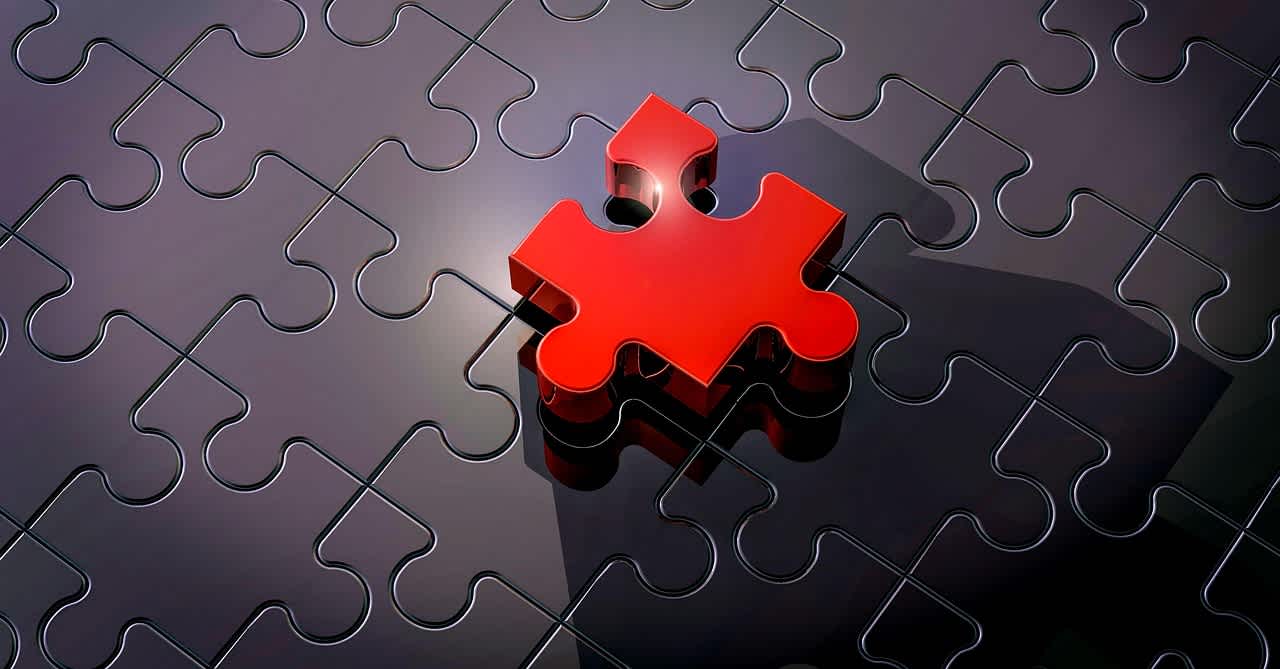5 Best Personality Tests for Team Building
ByJulian Gette
Workast publisher

Workast publisher
Professionals who want to strengthen their teams often turn to personality assessments. These tools provide insights into individual strengths, communication styles, and collaboration preferences. By applying the right test, teams can achieve clearer communication, reduce conflicts, and improve overall performance. Studies show that teams using personality insights experience up to 35% better communication and significantly higher productivity.
The HIGH5 test focuses on identifying each individual’s top five strengths. Unlike traditional assessments that highlight weaknesses, it emphasizes on strengths and what energizes people at work.
Outputs: Personalized reports with coaching tips, team-level analytics, and a unique “Group Fit” feature that models how team composition changes with new members.
Team Impact: HIGH5 fosters respect, mutual understanding, and engagement by encouraging teams to work from a place of strengths. For example, the Working Together report shows how two people’s strengths complement each other, reducing friction and boosting collaboration.
This strengths-based approach is ideal for managers and leaders who want actionable insights to improve team cohesion and productivity. It is also a great activity for team building, which builds trust and deeper connections.
MBTI categorizes personalities into 16 types, based on four preference pairs: Introversion/Extraversion, Sensing/Intuition, Thinking/Feeling, and Judging/Perceiving. The result is a four-letter type (e.g., ENFP).
Each type reveals how a person processes information and makes decisions. Teams often use MBTI to balance skills—such as pairing structured “Judging” types with flexible “Perceiving” types to create harmony in project planning.
While MBTI is one of the most well-known personality tests, it requires certified facilitators for accurate interpretation. It’s excellent for sparking conversations but is less research-backed compared to models like the Big Five.
DISC describes behavior through four styles: Dominance (D), Influence (I), Steadiness (S), and Conscientiousness (C). Each style offers insights into how a person communicates, solves problems, and approaches tasks.
Team Applications:
Managers can give more direct tasks to “D” types and supportive guidance to “S” types.
Teams can learn to adapt their communication—for instance, being concise with “D” types or patient with “C” types.
DISC is widely used in corporate workshops because of its simplicity and immediate practical value. However, it focuses more on behavior than deeper personality drivers.
The Enneagram maps nine core personality archetypes, each based on underlying motivations and fears. Unlike static models, it shows how people behave under stress or in growth.
Understanding Enneagram types deepens empathy. For example, a Type 6 (Loyalist) thrives when given reassurance and stability, while a Type 8 (Challenger) values autonomy and clear authority. Recognizing these needs helps teams reduce conflicts and foster trust.
Enneagram is powerful for team-building retreats and leadership development, though it can be complex and requires careful facilitation to avoid stereotyping.
Also called OCEAN, this model measures five dimensions: Openness, Conscientiousness, Extraversion, Agreeableness, and Neuroticism. Each trait exists on a spectrum, offering a nuanced picture of personality.
Use in Teams:
High Conscientiousness → good for project management and detail-heavy tasks
High Openness → ideal for brainstorming and innovation
High Agreeableness → valuable for conflict mediation and collaboration
Backed by decades of research, the Big Five is one of the most scientifically reliable models. It is especially useful in recruitment and long-term team development but may feel less engaging for short-term workshops.
Introducing personality assessments effectively requires more than just taking the test. For the best results:
Set the purpose: Explain to your team that the goal is to improve collaboration, not label individuals.
Run the assessments: Have members complete the test in a safe, non-judgmental setting.
Facilitate discussion: Share results and encourage open conversation about differences and strengths.
Align roles and tasks: Assign responsibilities based on natural strengths—for example, detail-oriented members handle data while visionary members focus on strategy.
Revisit insights: Use test results as a reference in performance reviews, retrospectives, and team development sessions.
All personality tests have value, but their applications differ:
HIGH5 Test: Best for strengths-based team building and practical workplace applications.
MBTI: Best for sparking discussions about differences and collaboration.
DISC: Best for improving day-to-day communication.
Enneagram: Best for developing empathy and handling stress dynamics.
Big Five: Best for research-backed recruitment and long-term development.
For teams looking for a practical, positive, and actionable tool, the HIGH5 test stands out. By highlighting what energizes each member and providing team-level analytics, it equips professionals with the insights they need to build high-performing, engaged teams.

